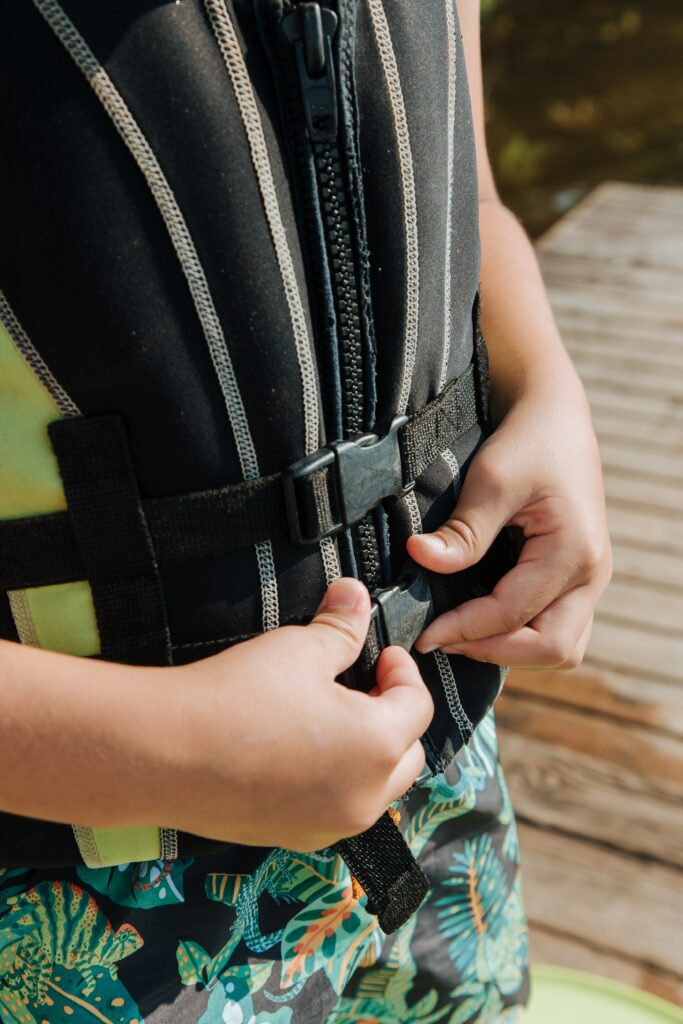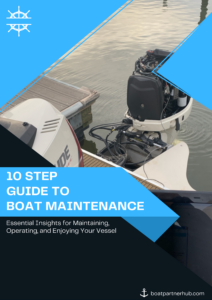Blog
Life Jackets: Your Ultimate Safety Companion - Types, Fit, and Importance

Safety First: Exploring Life Jackets – Your Ultimate Guide to Types, Fit, and Importance
Welcome to a comprehensive guide on life jackets, your ultimate safety companion during water-based activities. In this article, we will explore the different types of life jackets available, how to choose the perfect fit, and why they are of paramount importance for water safety. Whether you’re an avid swimmer, a kayaking enthusiast, or someone who enjoys boating, understanding the significance of life jackets is crucial for ensuring your safety and the safety of those around you.
1. Understanding the Importance of Life Jackets
Life jackets, also known as personal flotation devices (PFDs), are essential safety equipment designed to help keep individuals afloat in water. Their primary purpose is to prevent drowning and provide buoyancy, especially in emergency situations. By distributing buoyancy evenly across the body, life jackets can significantly increase your chances of survival in case of accidents.
2. Different Types of Life Jackets
a. Type I – Offshore Life Jackets
Type I life jackets are best suited for open, rough, or remote waters, where rescue may take longer. They have the highest buoyancy and are designed to turn an unconscious wearer face-up in the water. These jackets are bulkier and may be uncomfortable for extended wear but are the most reliable in extreme conditions.
b. Type II – Near-Shore Life Jackets
Type II life jackets are suitable for calmer waters where rescue is expected to be quicker. While they may not have as much buoyancy as Type I, they are more comfortable and less bulky, making them ideal for activities like boating and fishing.
c. Type III – Flotation Aids
Type III life jackets are primarily designed for water sports and activities where mobility is essential. They offer excellent buoyancy and allow freedom of movement, making them popular choices for kayaking, canoeing, and water skiing.
d. Type IV – Throwable Devices
Type IV life jackets are not worn but are meant to be thrown to someone in distress. They come in the form of rings or cushions and are valuable additions to have on boats for emergency situations.
e. Type V – Special-Use Devices
Type V life jackets are designed for specific activities and must be used according to their labeled purpose. They offer various features depending on the intended use, such as extra insulation for cold water or harnesses for water sports.
3. Finding the Perfect Fit
Having the right-sized life jacket is as crucial as choosing the appropriate type. An ill-fitting life jacket can hinder its effectiveness and may even pose risks during water emergencies. Follow these steps to ensure the perfect fit:
a. Check the Label
Life jackets come with size and weight recommendations on the label. Be sure to select one that matches your measurements and body weight.
b. Try It On
Before heading out into the water, try on the life jacket and adjust the straps to fit snugly but comfortably. It should not ride up or be too loose.
c. Perform a Float Test
Once the life jacket is on, wade into shallow water and test its buoyancy. Ensure it keeps your chin above water and that you can breathe comfortably.
4. The Importance of Wearing a Life Jacket
No matter how skilled a swimmer you are or how familiar you are with the water, accidents can happen unexpectedly. Wearing a life jacket significantly reduces the risk of drowning and provides peace of mind to both you and your loved ones.
5. Laws and Regulations
Many regions have specific laws and regulations regarding the use of life jackets. It is essential to be aware of and adhere to these guidelines to avoid fines and ensure everyone’s safety.
6. Caring for Your Life Jacket
To ensure your life jacket remains in good condition and functions correctly when needed, follow these maintenance tips:
a. Rinse After Use
Always rinse your life jacket with fresh water after each use to remove salt or chemicals that can damage the fabric.
b. Store Properly
Store your life jacket in a cool, dry place away from direct sunlight. Avoid folding or compressing it, as this may weaken its buoyancy over time.
c. Check for Damage
Regularly inspect your life jacket for signs of wear, tear, or damage. Replace it if you notice any issues to ensure your safety.
Conclusion
Life jackets are more than just safety gear; they are a lifeline during water-based activities. By understanding the different types available, finding the perfect fit, and following proper maintenance, you can ensure your life jacket remains a reliable safety companion for years to come. Remember, when it comes to water safety, there’s no compromise – always wear your life jacket and encourage others to do the same. Happy and safe adventures on the water!


